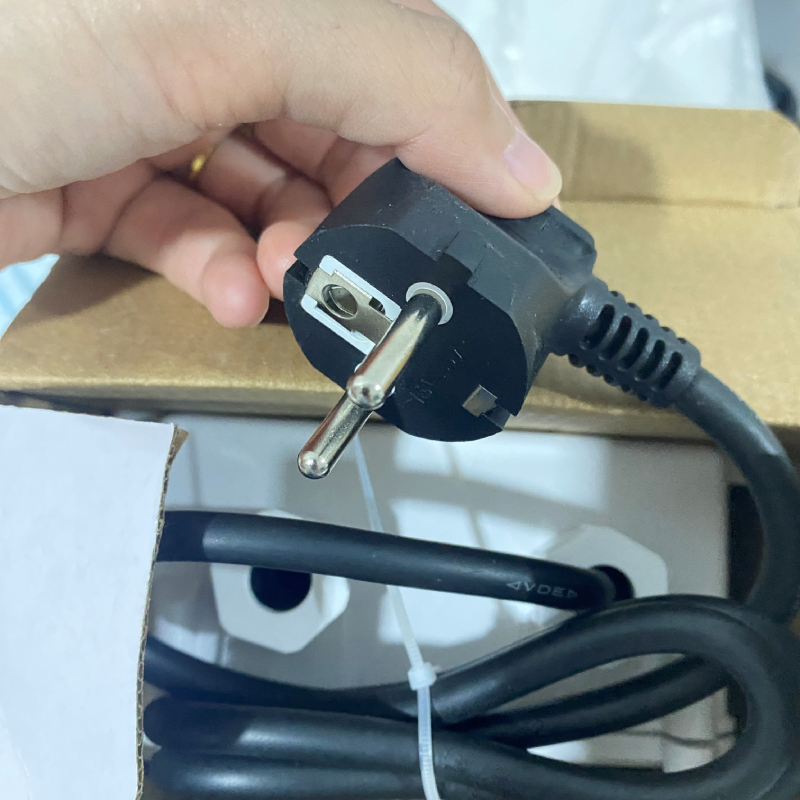Safety strips for floors to prevent slipping and accidents in commercial spaces.
Back to list
Jul . 10, 2024 20:46
Floor safety strips are an essential component of any building or facility to ensure the safety of both employees and visitors. These strips are designed to provide traction and prevent slips and falls on slippery or wet surfaces. They are typically made of abrasive materials that create friction on the floor, making it less slippery and reducing the risk of accidents.
One of the most common places where floor safety strips are used is in commercial kitchens. These areas are prone to spills and can quickly become slippery, posing a significant hazard to kitchen staff. By installing safety strips on the floors, the risk of accidents can be greatly reduced, protecting employees from potential injuries.
In addition to commercial kitchens, floor safety strips are also commonly found in industries such as healthcare, manufacturing, and retail. In healthcare facilities, safety strips are installed in hallways, patient rooms, and other high-traffic areas to prevent slip and fall accidents. In manufacturing facilities, safety strips are used in areas where liquids or chemicals are present to reduce the risk of accidents. And in retail spaces, safety strips are often found near entrances and exit doors to prevent customers from slipping on wet or icy surfaces.
Installing floor safety strips is a cost-effective way to improve safety in any building or facility

floor safety strips. They are easy to install and require minimal maintenance, making them a practical solution for reducing the risk of slips and falls. In addition to preventing accidents, safety strips can also help businesses comply with safety regulations and avoid costly liability claims. When choosing floor safety strips, it is important to consider the durability and quality of the materials. High-quality safety strips are made of materials that are resistant to wear and tear, ensuring they will last for an extended period of time. Additionally, it is important to choose safety strips that are suitable for the specific environment in which they will be installed. For example, safety strips designed for outdoor use should be weather-resistant to withstand exposure to the elements. In conclusion, floor safety strips are an essential safety feature in any building or facility. By installing safety strips on slippery or wet surfaces, the risk of slips and falls can be greatly reduced, protecting employees, visitors, and customers from potential injuries. With their easy installation and minimal maintenance requirements, safety strips are a simple and cost-effective solution for improving safety and preventing accidents. Investing in floor safety strips is a smart choice for any business or organization looking to create a safe and secure environment for everyone.

floor safety strips. They are easy to install and require minimal maintenance, making them a practical solution for reducing the risk of slips and falls. In addition to preventing accidents, safety strips can also help businesses comply with safety regulations and avoid costly liability claims. When choosing floor safety strips, it is important to consider the durability and quality of the materials. High-quality safety strips are made of materials that are resistant to wear and tear, ensuring they will last for an extended period of time. Additionally, it is important to choose safety strips that are suitable for the specific environment in which they will be installed. For example, safety strips designed for outdoor use should be weather-resistant to withstand exposure to the elements. In conclusion, floor safety strips are an essential safety feature in any building or facility. By installing safety strips on slippery or wet surfaces, the risk of slips and falls can be greatly reduced, protecting employees, visitors, and customers from potential injuries. With their easy installation and minimal maintenance requirements, safety strips are a simple and cost-effective solution for improving safety and preventing accidents. Investing in floor safety strips is a smart choice for any business or organization looking to create a safe and secure environment for everyone.
Latest news
-
XIANGFAN Rubber Tape-Ultimate Solutions for All Your Insulation NeedsNewsJun.24,2025
-
XIANGFAN Rubber Tape-Protection for Industrial and Residential ApplicationsNewsJun.24,2025
-
XIANGFAN Rubber Tape: Superior Safety and Sealing for Demanding EnvironmentsNewsJun.24,2025
-
XIANGFAN Rubber Tape: Reliable Solutions for Every Electrical ChallengeNewsJun.24,2025
-
XIANGFAN Electrical & Industrial Tape: Powering Reliability Across IndustriesNewsJun.24,2025
-
XIANGFAN Electrical & Industrial Tape: Excellence in Every ApplicationNewsJun.24,2025
